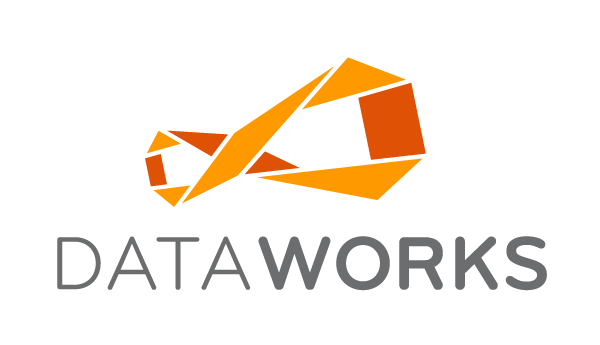Our local mega-movie-complex figured out many years ago that if they offered too many candy choices, they actually lowered their candy revenue. What they probably learned in a Retail 101 class (or a corporate manual) was that if you have too many choices, the customer takes longer to make a selection, the line moves slower, and because the movie start time is fixed, folks bounce out of line and head for their seats without making a purchase. I have noticed a similar problem at our local Subway franchise. Folks line up for their 6-inch meals during the lunch rush. Subway newbies struggle with the menu matrix variables. A programing language is spoken under the "Order Here" sign: syntax needs to be in the proper order to get the sub built quickly. Start with size. Follow with sandwich type. Delineate the bread selection. Keep it moving, one side step after another until you belly up to the cash register. Get any of the code out of sequence and you will get an onion operator mismatch or a division by pickle error. If you get too many noobs queued up, forget about the quick turn and burn, you are stuck in the thick of the sub-plot. After a couple of long sessions of staring at the potato chip rack, I now come prepared with a trade magazine (Hospitality Upgrade and Wired are my popular periodicals) or my current novel (large helpings of William Gibson have been consumed in the midst of the Subway sub-culture).
If you are a retail manager, give this some thought: at the cash wrap you can display a lot of snap item choices - but at what point are there too many choices? When are you creating counter clutter and slowing down the point of sale? My aesthetics tell me that your counter should have a maximum of five SKUs to pick from. Odd number of choices have more visual power then even numbers - three is better than two, and five is better than four. But more than five is just noise.
The same odd-versus-even thing works for product facings too. Better to have a facing of three rather than two. I would line up a facing of one rather than a facing of just two. Call me crazy, but that is what going to art school does to your sense of "what-looks-right".
I was trained as a fine artist during the 1970's - minimalism and conceptual art were among the vanguard. I admit that I am jaded - I was trained to see, think and believe that "Less is More". (For those who want to know more about those art movements, here is a sampling of artists who shaped the visual vocabulary of the 1970s: Sol LeWitt, Christo, John Baldessari, Donald Judd, Carl Andre and Dennis Oppenheim.)
Boiling your presentation down to the iPod-ian essence can result is an elegant, simple, and beautiful end product. Apple certainly has nailed down the clean minimalist style with their recent products.
The challenge we all have is this: in a world of many choices, how do we focus on what is important? As a kid, the top of my dresser was always crammed with every toy or object that was important to me: plastic models, coin bank, world globe, jar of BB's, comics, army men, photo of Alan Shepard, spent Estes rocket engines, and Lego masterpiece - not a square inch of empty space. At a certain density the pedestal-ed objects cease to function as a display. Objects break or topple when you go to pick them up, mom complains about the dust, and the whole presentation looses its luster and appeal.
It is the goal of good design to filter out all the extra objects, features, requests, buttons, knobs, dials and other do-hickeys until you have a product distilled down to the fewest - and most important - choices.
What has never been published until now is this - NeXT® back in 1999 was actually much larger in scope. It had additional sub-systems that dealt with watch-dog alerts, work-flow integration, n-levels of hierarchy and a separate financial ledger that were removed from the design scope because they put too many additional tasks into getting version 1 out the door. Since I was the designer I can admit that I suffered from the second system syndrome . I knew about the tendency since I had read Fred Brook's masterpiece The Mythical Man-Month, but figured since I knew about the follies of those who had proceeded me, I would be immune from the disease.
I was still putting too many things on top of the dresser.
About 20 months into the data design we realized that at the rate we were modeling, it might be another 24 months before we finished with the project scope. I think I may have even re-read a chapter or two of Brook's book at the time. We evaluated the project and started hacking out entire modules and trimmed down the effort. 10 years later those features are now being introduced back into NeXT. All of those removed features will eventually show up in NeXT they just needed to be introduced in a more managed context.
That decision to cut back was important because we got NeXT installed in 2002 versus 2005. We are glad we got it out the door. What is interesting is that many of the forms have now undergone a cleansing and scrubbing process where the number of tabs and controls have been reduced and cleaner, simpler hyperlinks have replaced them. We now make sure there is plenty of free space (negative space) that gives the controls some breathing room and more visual importance.
That's how fewer choices helped in our software design - I hope you can use it with your own merchandise presentations.
